5. The Young Girls Of Rochefort (1967)
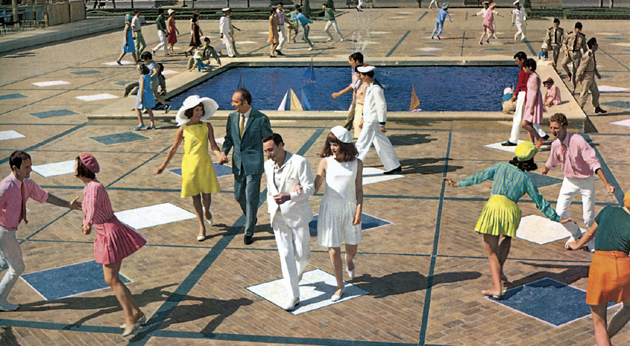
This is Jacques Demy’s second musical masterpiece that still inspires films today, such as 2016’s “La La Land.” Rather than singing all the dialogue for the entire film like his previous masterpiece “The Umbrellas Of Cherbourg,” also starring Catherine Deneuve, Demy decided to have natural dialogue in certain scenes, making the film more accessible for audiences. Demy’s usual collaborator Michel Legrand’s score pairs well with Demy’s dialogue of loss and love.
The inclusion of Gene Kelly really adds bring in that “Singin’ in the Rain” touch to Demy’s colorful world, and just improves on everything he had done previously. It was pretty impressive to see Kelly speaking in French rather than performing his lines in English. The fact that Deneuve and Françoise Dorléac are sisters in real life adds to the film. Many of the duets they sing, such as “A Pair Of Twins,” are some of the best numbers in the film.
Although the film is not as dramatic as “Umbrellas,” the film just has this element of fun that makes it endlessly rewatchable. The seaside French town that seems to be in almost every Demy film except “Donkey Skin” is yet again the backdrop for the various storylines, all leading up to the final performance at the end of the film.
4. Johnny Guitar (1954)
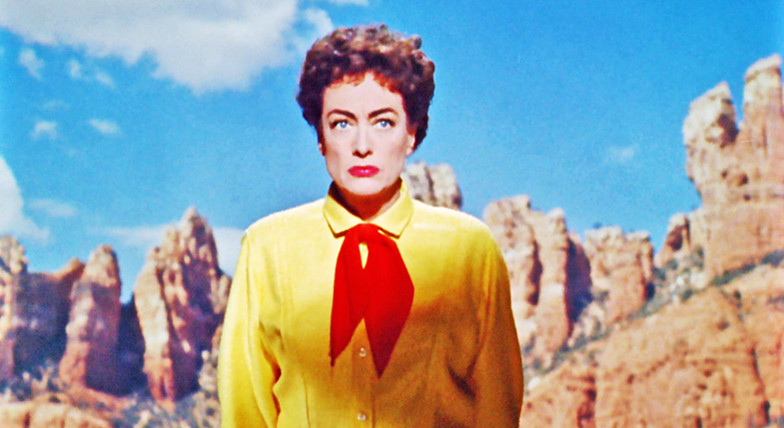
Probably the greatest anti-western of all time, Nicolas Ray subverts many of the tropes from the western genre. Usually it’s “black hat is bad and white hat is good,” but in this film, the characters are more grey.
The protagonists Vienna, played by Joan Crawford, and the titular Johnny Guitar, played by Sterling Hayden, both come from troubled pasts but are trying to do better for themselves in a world that wants them gone. Vienna runs the saloon that the local gang often visit, resulting in the town creating a mob, led by Mercedes McCambrige, who try to drive out Vienna.
This film was definitely ahead of its time. The female leads of the film both act and dress very masculine. In one particular sequence, McCambrige delivers a speech similar to one Hitler might have made when she is talking about driving Vienna out of the town. The way Vienna is shot in the beginning of the film clearly mirrors Hitler as well. On a technical level, the color palette used for the film is pretty jaw-dropping.
All the colors pop, especially Crawford’s red lips and yellow outfit. The opening scene sets up the story perfectly, introducing all the characters and their conflicts. The film also has a handful of great character actors that make up the Dancin’ Kid’s gang, using Scott Brady and Ernest Borgnine to add to the western setting.
3. The Merchant of Four Seasons (1972)
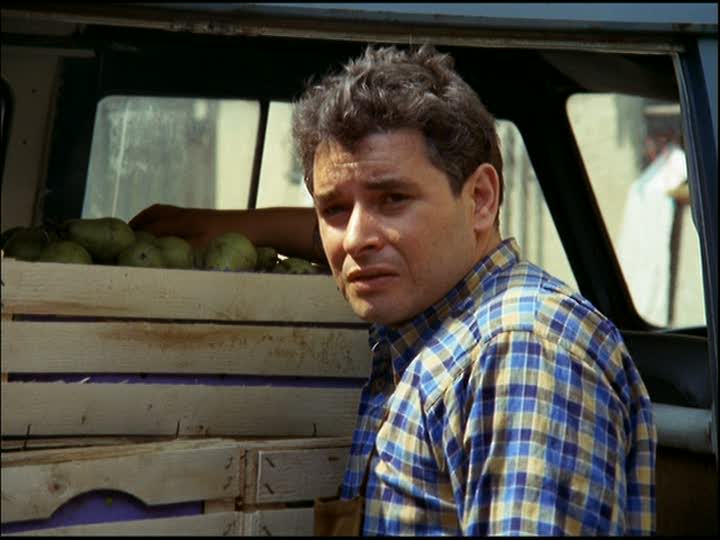
Like artists, directors have different periods of their career that make a stylistic change from their past work. This is one of the final films of Rainer Werner Fassbinder’s early period before he made the change to make Douglas Sirk-inspired melodramas. This also marked Fassbinder’s first taste of global success outside Germany and German New Wave audiences.
In most of Fassbinder’s works, there is usually a family conflict that results in something terrible happening to the leads. The story deals with a fruit peddler who becomes an abusive drunk due to his role in society. Fassbinder definitely shits on the character of Hans for the entire film, giving him no breaks at all. But Hans also does make poor choices along the way, which give reason for his punishment.
The whipping flashback scene is one of Fassbinder’s most memorable images. Fassbinder’s recurring stock company of actors are all on display, featuring Irm Hermann and Fassbinder’s muse Hanna Schygulla in two of their best performances. The films of Fassbinder can be brutal for some, but this is a great entry point into the director’s work.
2. Death by Hanging (1968)
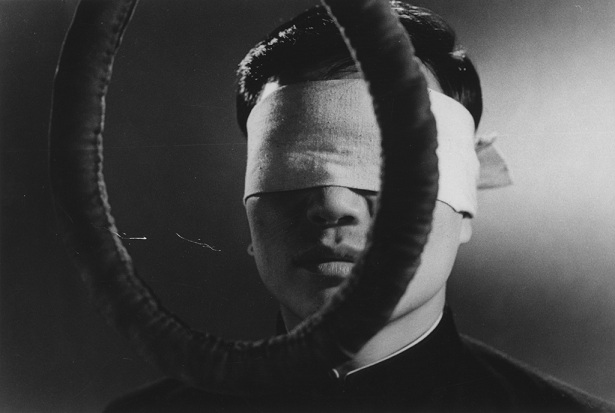
Using a documentary style of filmmaking, Nagisa Oshima is able to take us instead into an execution chamber, asking the audience one question: what happens when a person survives execution? In the process, our lead R loses all memory of the rape and murder he committed, forcing the bumbling police force to reenact the rape and murder to jog R’s memory.
Oshima takes a more comedic approach, making the prison guards almost cartoon-like in order to soften a difficult topic. Many of Oshima’s Japanese New Wave films of the period dealt with Japan’s occupation and mistreatment of Koreans. Oshima used a Brechtian technique, setting the film up like a stage play.
1. Marnie (1964)
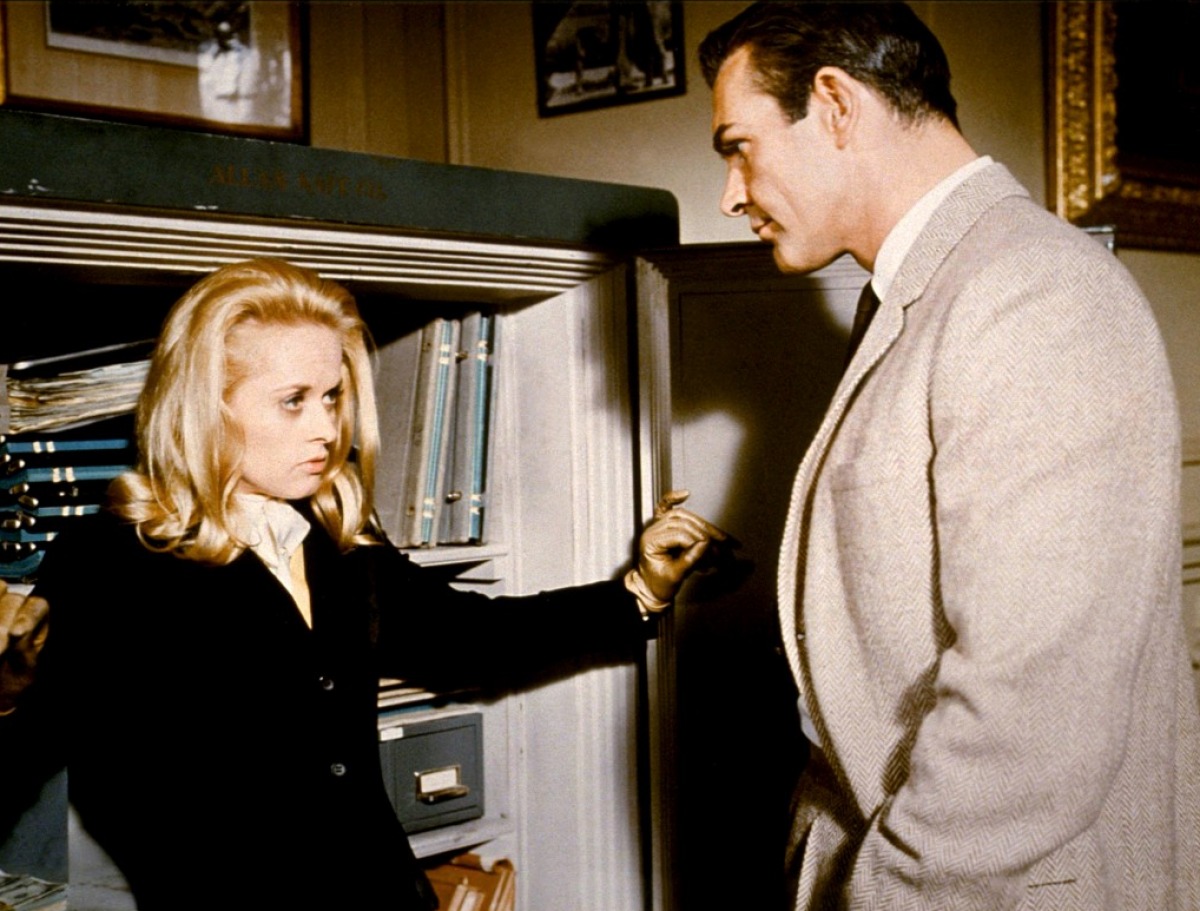
Alfred Hitchcock’s final masterpiece “Marnie” is a film that should be brought up alongside Hitch’s other classics like “The Birds” and “Rear Window.” In this follow-up to “The Birds,” Tippi Hedren returns as the titular Marnie, a thief who steals money from various employers until she is eventually caught by Mark Rutland, played by Sean Connery, who hires Marnie anyway.
Throughout the film, a psychosexual relationship occurs between the two with Rutland at points keeping Marnie as a prisoner and raping her. This film was definitely Hitchcock diving into darker territory, mainly the sexual violence that would continue into his later work up to his final film “Frenzy.”
Hedren stepped up her game, showing the internal conflict Marnie is dealing with due to her past, which is shown in a very well done flashback sequence. Connery delivers a pretty solid performance as leading man in a Hitchcock film, and the chemistry between the two leads is definitely better than the couple Hitch used for “Torn Curtain.” The film also marks the final collaboration between Bernard Herrmann and Hitchcock.